|
Modigliani (the man himself above left) is one of those big names who looms into view at auctions where his paintings (usually of nudes) sell for colossal amounts. The Tate is showing a large exhibition of his works, mainly portraits, until 2nd April 2018. I went recently. Its a good show. A large show with many paintings. Many paintings. Modigliani is good at portraits. As a friend of mine who I went to the show with said “if you are that good at skin why do anything else”. You can see influences, particularly Cezanne but unlike Cezanne these portraits are full of life and character. The Cezanne influence is especially profound in his early work for example the Cellist and Portrait of Constantin (one of which was painted on the reverse of the other). The style quickly diverges to something identifiably Modigliani particularly in the very gangster like figure of his then dealer Paul Guillaume and also the emergence of a distinct androgyny for example in the portrait of Jean Cocteau. It is all in the check bones you see. In these early paintings there is some formal background albeit often simplified and abstracted. As his career progresses, particularly in the later nudes the backgrounds just become gloriously textured fields of colour. The usual scheme is 1/3 one colour (e.g. red) and 2/3 another colour (e.g. Prussian blue). This is very effective device which I intend to steal. In other portraits for example the Little Peasant it is a textured pale blue, streaks of toned interweaving blues that creates a very pleasing effect. I am getting ahead of myself. Modligliani became briefly obsessed with architecture and draw allot of Caratyids, a word I didn’t know before but is basically an architectural column holding up something, and carved into a stylised, often Egyptian female form. These studies not only informed his brief foray into sculpture, all heads and all called heads. It also informed his later portraiture. In the corridor between one half of the exhibition and the other are portraits of various other artists such as Picasso. The best of these is a portrait of Juan Gris which seems to me to be homoerotically charged. Emerging into a big room there are a series of formal portraits including the famous Woman in a Yellow Dress, yellow with green spots over a swirling blue and white background, the dress set off by a yellow and green swathe on the right hand side. It is by this point that Modigliani has really got his luminous sensual skin down. There was a rare double portrait in this room. The blurb next to it sparked a kin ship in me as it described Modigliani as a messy painter who covered them, himself, and the room in paint. I operate in a similar way. We have a murderous cat who carries out regular scourges of the rodent population. This means we get to play the game, blood or paint, with the various red stains that appear around the house. I digress. The luminous skin of course pays real dividend in the incredibly sexy nudes. The subjects often engage you with their gaze such as Reclining Nude on a White Cushion. I can see why these are quite so popular and sell so well. Incidentally they have a presence to them that doesn’t really transfer well in photos. The Tate have also done an interesting thing in that they have, where they can, displayed portraits of the same woman painted clothed and then nude. The difference in treatment in pose and expression is interesting. This is also where the 1/3, 2/3 thing really comes into its on. During the war Modigliani retreated to Nice and produced a number of fine portraits such as the Little Peasant (above left) boy who was probably the son of friends of his. It is also there he met his possibly wife, certainly long term partner the much younger Jeanne Hebuterne (above right) who made the oft trod path from model to lover that is the modus operandi of so many of these early 20th Century male artist. The last room contains several portraits of her, my favourite of which is a side view call Portrait of a Young Woman. Modigliani has this disturbing habit of not painting the eyes. He leaves one blank and the other cross hatched. This has a disturbing effect but is not dehumanising in the way Cezanne’s blank eyes do. Even Jeanne is not spared this treatment.
Modigliani died in his early 30s of an overdose, Jeanne killed herself shortly afterwards. A tragic end to a shining talent. The show is on to 2nd April 2018 and well worth going.
0 Comments
Leave a Reply. |
Archives
June 2024
Categories |
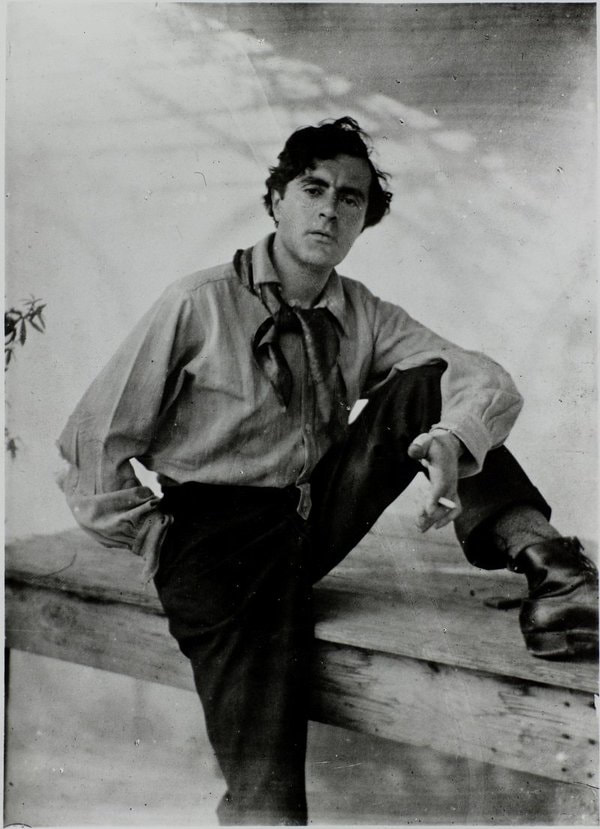
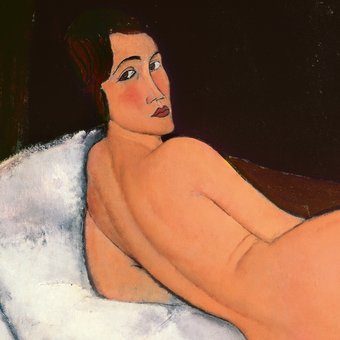
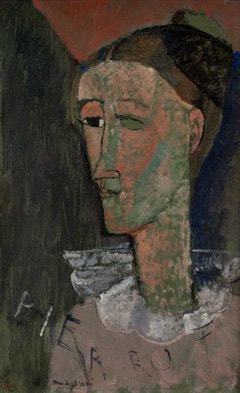

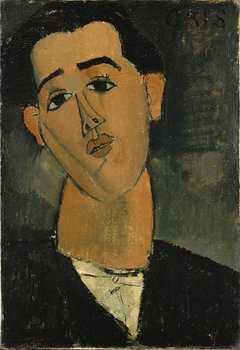

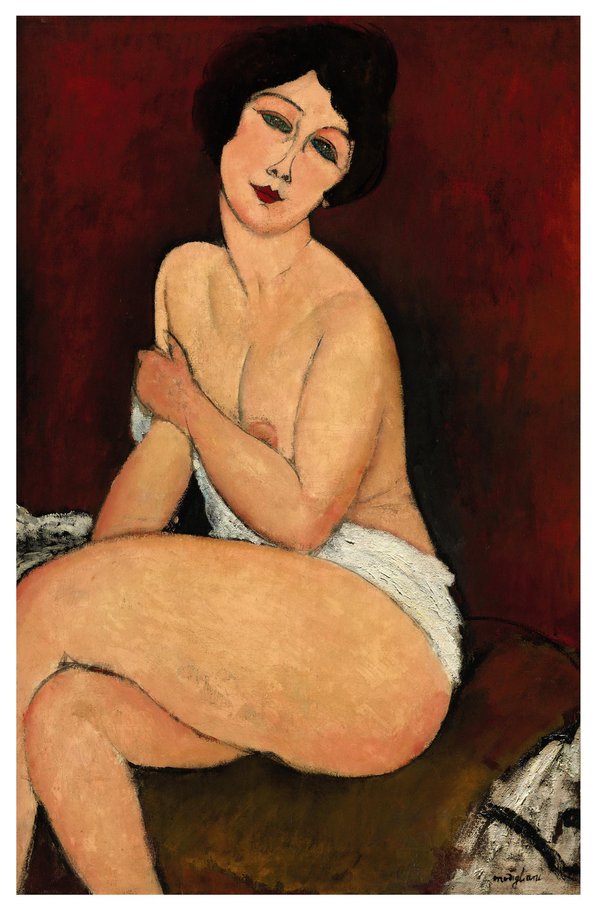
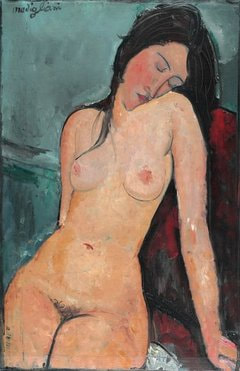


 RSS Feed
RSS Feed